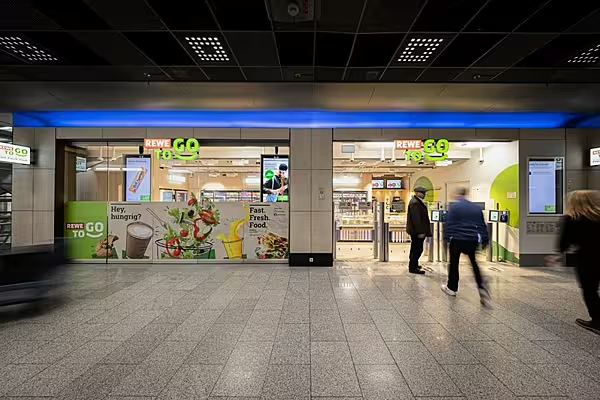EuroCommerce, in cooperation with E-commerce Europe and the E-commerce Foundation, has published the European E-commerce Report 2017, which reveals that e-commerce continues to prosper in Europe, but markets are growing at different speeds.
The report highlights online commercial trends, facts and figures, and offers insights into each of the European e-commerce markets.
Marlene ten Ham, the secretary general of E-commerce Europe, said, “We are very pleased with the figures that are presented in the report, as stimulating European e-commerce is one of our main objectives. We strive to create a level playing field for online trading in EU countries, and our work is more likely to be successful when we gather the right facts and figures.”
The report finds that European e-commerce turnover increased by 15%, to €530 billion, in 2016, and it is forecast to reach approximately €602 billion in 2017 – a growth rate of 14%.
One key trend identified in the report is that the proportion of companies with more than ten employees that have a website is continuously growing, from 67% of all retail companies in 2010 to 77% in 2016. However, only 18% of them sell through their websites.
Regional Variations
The report also indicated that the pace of growth varies regionally across the European market. Western European countries are leading the way as the largest market for e-commerce, and the UK tops that list. It has approximately 33% of online sales in Europe.
Central and Eastern European countries achieved the highest e-commerce sales growth in 2016, while still being low on the sales-percentage scale. The share of people shopping online in Romania and Bulgaria is the lowest, however, these markets have experienced some of the fastest growth, increasing by 38% and 25%, respectively.
The report also found that online purchasing is more popular with the younger generation. Two thirds of 16- to 24-year-olds frequently shop online, in comparison to one third of 55- to 74-year-olds.
Christian Verschueren, the director general of EuroCommerce, added, “Many more consumers are buying online, and many more retailers are selling online. More significantly, both are combining online and offline shopping seamlessly into what is becoming omnichannel retailing.
"The EU can help. Europe needs policies to foster these developments and allow consumers and traders to make the most of the potential of a market of 500 million Europeans. Europe can be a powerhouse for e-commerce, but we still have some way to go to get the environment right for this to be achieved.”
© 2017 European Supermarket Magazine – your source for the latest retail news. Article by Aidan O’Sullivan. Click subscribe to sign up to ESM: The European Supermarket Magazine.














